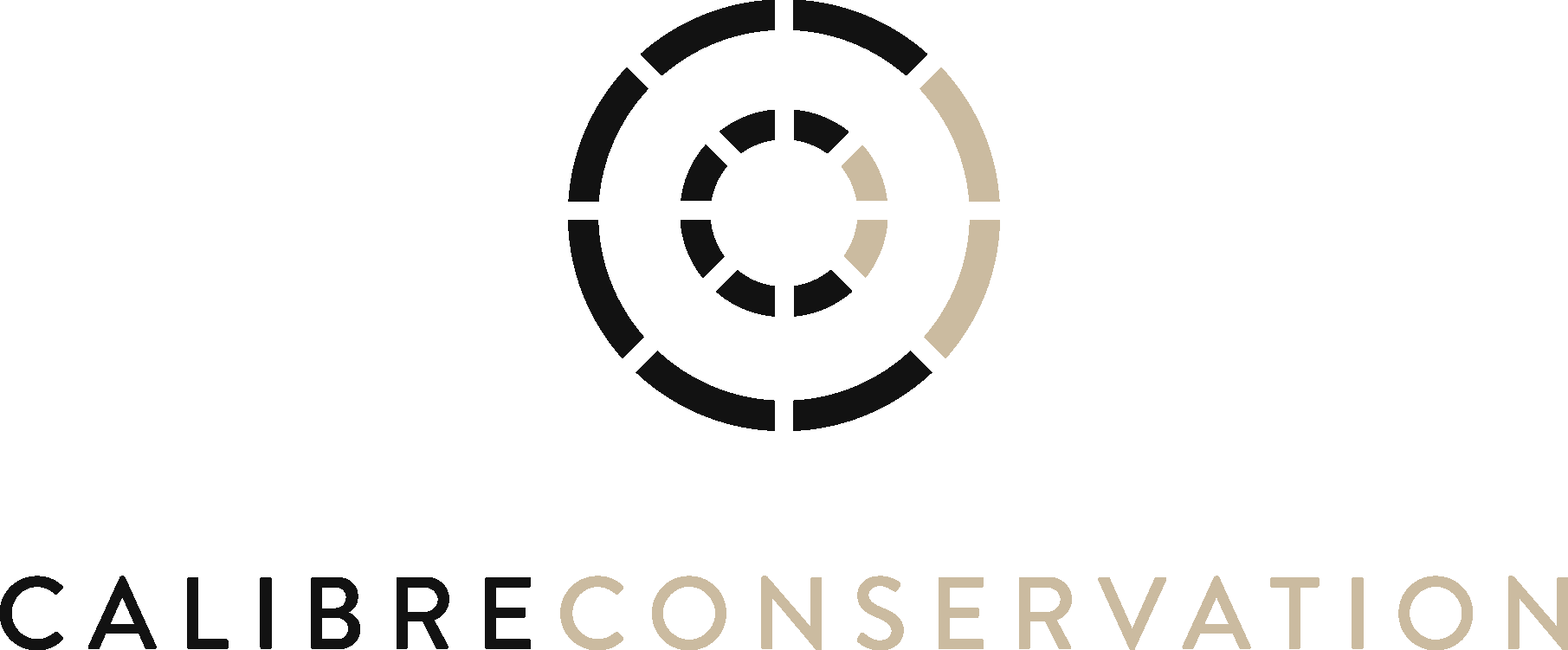TIMBER+JOINERY
Calibre’s skilled conservation team use both traditional and innovative repair techniques. We do so in an intelligent way. Timber-to-timber repair methods are balanced with other repair techniques, to correct defects with minimal disturbance and loss of historic fabric.
Versatile, various, and used throughout history in a wide range of structural and non-structural applications, timbers differ in their physical and chemical characteristics. Understanding this, Calibre are specialists in the conservation of timber frames, windows, doors, wall-linings and panelling, staircases, floor boarding and exterior cladding.
Structural timber:
- Temporary support
- Dismantling, recording and labelling
- Timber-to-timber repairs (face or patch repairs, whole section repairs)
- Reinforcing timber with other load-bearing materials (steel, fibre-reinforced polyester rods, epoxy resins)
- Replacing damaged timber with other load-bearing materials
- Provision of supplementary structures in conjunction with, or independently of, the existing frame.
- Repair of infill panels (removing inappropriate repairs, stabilisation wattle and daub, patch repairs).
Non-structural timber (joinery):
- Temporary reinforcement, dismantling, recording, labelling, and re-assembly
- Removal for storage or repair
- Re-adhesion of loose joints with new wedges or draw-board pins
- Timber-to-timber repairs (face or patch repairs, whole section repairs)
- Reinforcing or supporting fragile elements (bridging pieces, timber and metal brackets, straps, steel rope wire)
- Consolidating and filling decayed timber (acrylic resin, epoxy resin
- Adjusting doors and windows to ensure proper operation
- Dry (mechanical), wet (aqueous and chemical) and laser cleaning
- Paint and coatings removal
- Removing water and tannin stains
- Remedial treatment of insect infestation
- Application of coatings (polishes, varnishes, stains)

